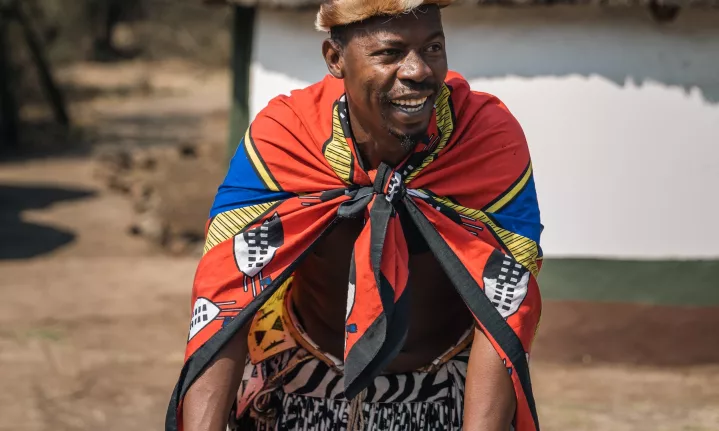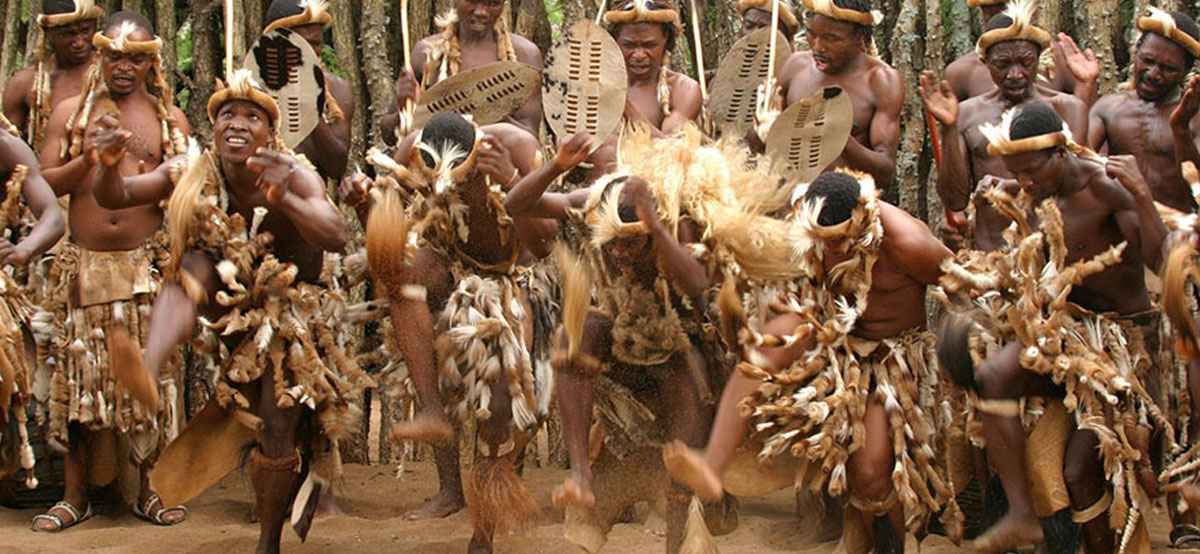The Buzz on South African Culture Today
The Buzz on South African Culture Today
Blog Article
The 10-Minute Rule for South African Culture Today
Table of ContentsA Biased View of South African Culture TodayThe Facts About South African Culture Today RevealedWhat Does South African Culture Today Do?The Ultimate Guide To South African Culture TodaySouth African Culture Today Can Be Fun For AnyoneUnknown Facts About South African Culture Today
This follows with singing and drum whipping. The couple then meet the seniors and speak about the significance of their union. An issue of importance in Zambian villages is the diing of liked ones. All members of the town placed cash, effort and time together for the burial of the deceased.Throughout the mourning period; guys remain outside the house and the ladies stay inside your home of the deceased. After discussing the dead, the village strolls to the location of funeral to state their last farewells. Music and dancing is an extremely important aspect of the Zambian society. The various tribal devices have their own dance types; nonetheless, makishi is common among all people.
More About South African Culture Today
When it comes to songs, drums are used one of the most, with a selection of drumming ceremonies. In Zambia, majority of individuals are Christian; Protestant and Roman Catholic. There are small groups of Muslims and Hindus, with the rest following regional indigenous tribal beliefs.

South African heritage and society is exceptionally varied, and contains many different teams of individuals that each have their own customs and beliefs. Having such a diversity of people and cultures is what makes South Africa so one-of-a-kind. In truth sense of the phrase, we are a rainbow country.
South Africa has roughly three hundred thousand Portuguese individuals living in it. Making it the 7th on the list of countries with the most Portuguese people in it beyond Portugal. Portuguese is not just a society, yet it is likewise a language and a nationality. Portuguese people originate from the country of Portugal in Europe, nonetheless, because of Portugal (like lots of other nations in Europe) checking out the globe and dominating various other nations during the 15th 20th centuries, South Africa has what we call Portuguese South African's living in it.
The smart Trick of South African Culture Today That Nobody is Discussing
Among the prominent attributes of the topography is a plateau that covers practically 2 thirds of the center of the nation. The plateau complicated rises towards the southeast, where it climaxes in the Drakensberg array, component of an escarpment that divides the plateau from the coastal areas. The Drakensburg consists of Sparkling wine Castle, the highest height in the nation.
The region north of the Witwatersrand, called the bushveld, inclines downward from east to west toward the Limpopo River, which creates the global border. The western area of the plateau, the middleveld, likewise comes down towards the west and differs in elevation in between the highveld and bushveld. In between the Drakensburg and the eastern and southern shoreline, the land descends to the sea.
Nearer the shore there is a low-lying plain called the eastern lowveld. Southwest of the plateau the country ends up being progressively a lot more dry, paving the way to the stony desert of the Great Karroo, surrounded on the east by the reduced, better watered plateau of the Little Karroo. Separating the completely dry southern inside from the sandy littoral of the southerly shore and West Cape is another array, the Langeberg.
The Buzz on South African Culture Today
The nation's racially, ethnically, and politically divided history has actually produced national and subnational icons that still work as symbols of the nation, and others symbols that are approved only by particular groups. The monoliths to white inhabitant occupation and political supremacy, such as the Afrikaner Voortrekker ("pioneer") Monolith in Pretoria and the Rhodes Monument recognizing the British colonial realm home builder and Cape head of state Cecil Rhodes, continue to be sectarian signs.
The very first modern-day inhabitants were the San ("bushman") hunter-gatherers and the Khoi ("Hottentot") individuals, that herded livestock (South African culture today). The San might have been existing for countless years and left evidence of their presence in thousands of ancient cave paints ("rock art"). Bantu-speaking clans that were the forefathers of the Nguni (today's amaZulu, amaXhosa, amaSwazi, and vaTsonga peoples) and Tswana-Sotho language groups (today's Batswana and Southern and Northern Basotho) moved below east Africa as very early as the fifteenth century

Both previous republics of site web the Orange Free State and Transvaal (South African Republic) were established by Afrikaner inhabitants that defeated and dispossessed the Basotho and Batswana. Lesotho would certainly have been forcibly included right into the Orange Free State without the expansion of British defense in 1869. The supreme unification of the country resulted from the South African War (18991902) in between the British and both Afrikaner republics, which lowered the country to destroy at the start of the twentieth century.
Afrikaners historically considered themselves the only true South Africans and, while providing full citizenship to all locals of European descent, refuted that status to people of color till the autonomous change of 1994. British South Africans maintain a sense of social and social connection to Great Britain without compromising their identification as South Africans.
Everything about South African Culture Today
The variety and fragmentation within ethnic groups and the equilibrium of stress in between those teams throughout the twentieth century avoided interethnic civil dispute. While intergroup tensions over resources, privileges, and political dominance stay, those disputes are as most likely to pit Zulu against Zulu as Zulu against Xhosa or African versus Afrikaner.
From colonial India, British vendors and administrators brought the rounded metal ornamental roofing systems and slender shoelace work columns that still symbolize the outdoor patios of cottages in towns and cities throughout the nation. Residences of prayer contribute an essential architectural facet even in the tiniest towns. Along with the rising steeples and classic stonework of Afrikaans Dutch look at this now Reformed churches, Anglican churches, synagogues, mosques, and Hindu temples provide selection to the religious architectural scene.

Slaughtering and the great post to read brewing of typical grain beer are crucial in protecting the engagement and goodwill of the forefathers that are thought about the guardians of good ton of money, success, and well-being. Indian communities maintain their native culinary customs and use them on Islamic and Hindu ritual and ritualistic occasions. Afrikaners and Coloured individuals gather at weekends and special occasions at multifamily barbecues called braais, where community bonds are enhanced.
Since this was the primary economic enterprise of both black Africans and white colonists, conflict between those groups fixated the belongings of grazing land and livestock. In 1867, the biggest ruby down payments worldwide were uncovered at Kimberley in the west main location. The wealth from those fields aided fund the exploitation of the greatest gold reef in the world, which was discovered on the Witwatersrand in 1886.
The Buzz on South African Culture Today
This resulted in misconceptions and deliberate misrepresentation in the dealings of white inhabitants and government authorities with African principals throughout the colonial period (South African culture today). In the establishment of African reserves, some aspects of public and mainly "tribal count on" land tenure were maintained, and even in white backwoods, kinds of common period were still practiced in areas with African areas
After the autonomous makeover of 1994, programs for land restitution, redistribution, and reform were instituted, but progress has actually been sluggish. The white minority still regulates eighty percent of the land. Following agricultural land invasions in Zimbabwe, the Department of Land Matters has actually promised to speed land redistribution.
Report this page